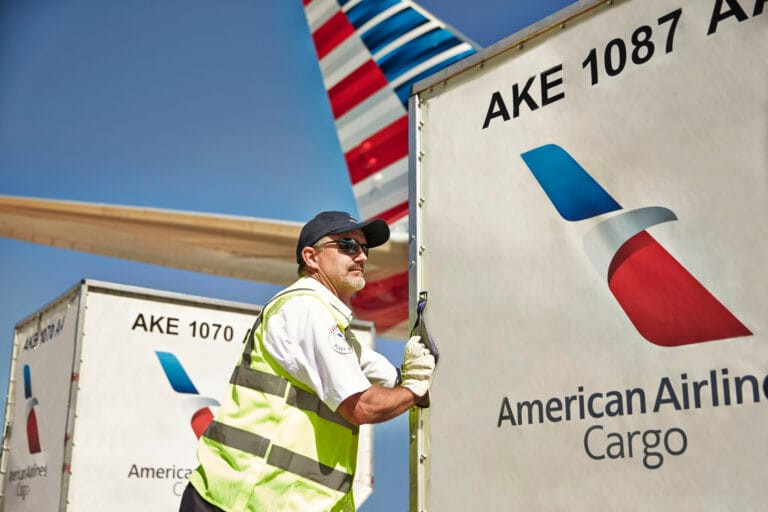American Airlines Cargo is significantly ramping up its transatlantic capacity this summer, responding to a growing appetite among forwarders for streamlined airfreight connections between Europe and the United States. With a strong focus on widebody deployment and seasonal route expansion, the carrier is targeting both core markets and underserved gateways in a move that signals greater strategic alignment between cargo and passenger operations.
While American’s year-round Munich–Charlotte (MUC–CLT) service remains foundational to its European network, the airline’s seasonal strategy is proving to be a powerful enabler for new cargo flows.
“Seasonal flying is an important part of the American Airlines network, maximising on passenger demand at peak times of the year,” said Emma Oliver, head of global accounts, American Airlines Cargo. “For cargo, this allows us the opportunity to develop new markets that we haven’t been able to service effectively in the past.
“For example, last year we started our new NCE–PHL widebody, enabling us to offer direct capacity into the southern France market. Oftentimes, the seasonal flights create a shorter transit time for freight we also move via truck, such as our new EDI–PHL flight starting this summer. In other markets, we have seen seasonal successes translate into additional services—like NAP, where we now have two seasonal flights to PHL and ORD—or year-round service on LIS–PHL.”
Capacity meets demand
For American Airlines Cargo, the expansion is about more than just geographic reach—it’s also a response to mounting demand from large-scale freight forwarders seeking more uplift options and service consistency.
“The message I hear most often from our biggest customers is, ‘How can we do more business with you?’” Oliver said. “Adding additional routes, stations, and capacity enables us to service those needs more effectively.
“The expansion of new routes in 2025 has seen some markets increase frequencies, enabling us to develop the offering to access more destinations in the United States and MCLA (Mexico, the Caribbean and Latin America), with new stations in markets that were previously served as offline. With our strong capacity into Philadelphia from Europe this summer, we have been able to utilise our exceptional temperature-controlled facilities in PHL and offer more domestic trucking options.”
Strengthening markets
Although American maintains a smaller share of the overall widebody cargo capacity in Germany, the airline continues to perform strongly out of both Munich and Frankfurt.
“MUC–CLT, alongside FRA–CLT and FRA–DFW, have for a long time been significant markets for many of our partners,” Oliver explained. “Our service and consistency have meant we continue to perform extremely well on these flights across the broader region.”
Elsewhere in southern Europe, success with seasonal routes is already reshaping network strategy. In Naples, two summer flights to Philadelphia and Chicago have replaced previous limited coverage, while the Lisbon–Philadelphia route now operates year-round.
“We will continue to deliver the highest level of service for our customers throughout the region. Our facilities are fully equipped, and team members are ready to serve—especially in LHR, where we recently moved to a larger footprint to accommodate our largest European operation.”
Bolstered facilities
Supporting this growth are significant infrastructure upgrades—particularly at London Heathrow (LHR), where the airline has expanded its facility footprint.
“We’ve recently invested in a massive overhaul of our LHR facility, which will help us to better serve our customers for years to come,” Oliver said. “As part of this, our technology investment with GHA messaging will continue to expand across our network this year as well. In addition, the breadth of our trucking network helps us to expand our European network beyond the gateway cities on our widebody schedule.”
Partnerships extend reach
American’s expanding interline agreements—particularly in Asia—are helping to fill in the gaps in long-haul connectivity where the airline doesn’t operate directly. The partnership with My Freighter, for example, supports routing into American’s network from key APAC locations.
“Interline allows us to expand our reach and provide more solutions for our customers,” Oliver explained. “Particularly in APAC, it enables us to provide alternative routes to access the American Airlines network.
“As we have grown our interline offering in the last few years, we have identified other carriers who take interline as seriously as we do—ensuring quality for our customers by securing onboarding priority and committing to long-term relationships, providing a stable and reliable service for our joint customer.”



